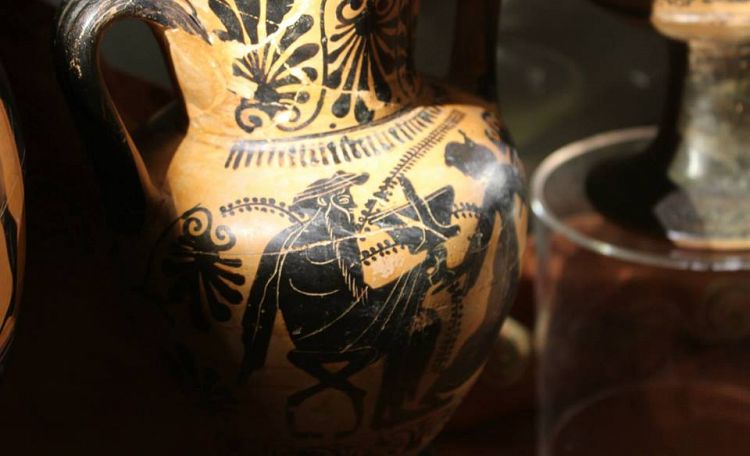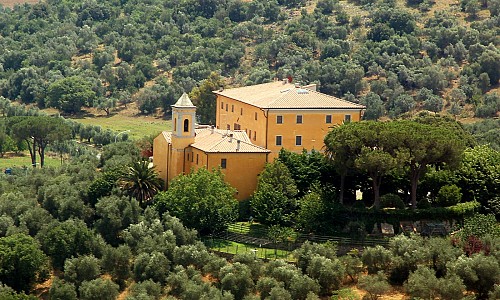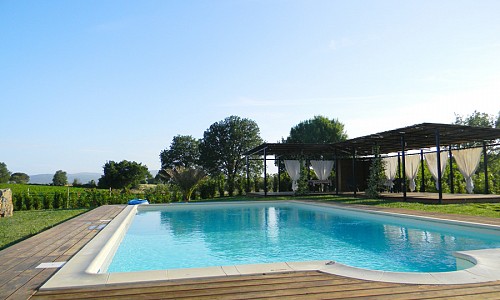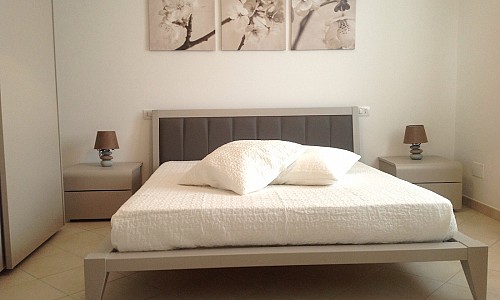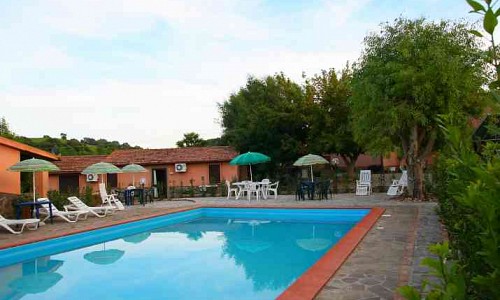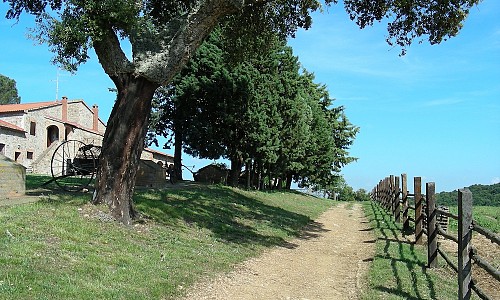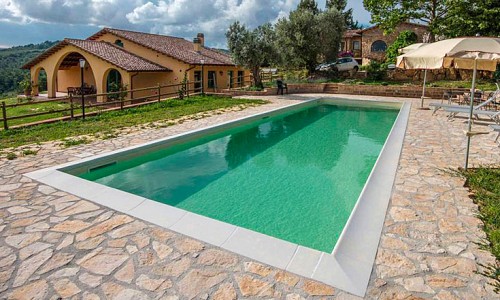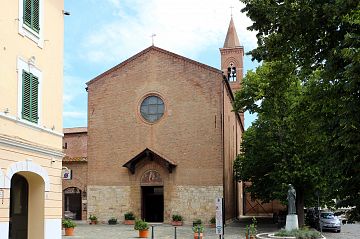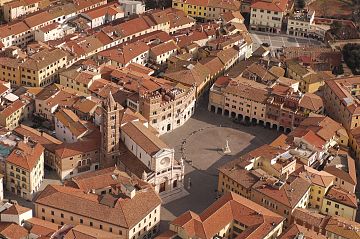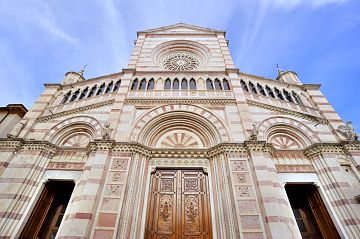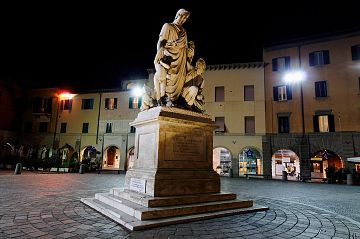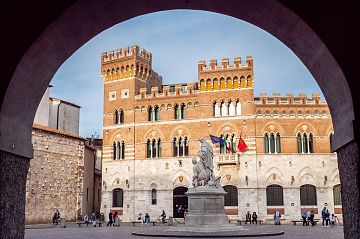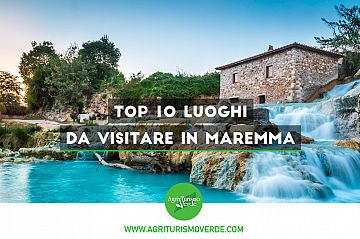Archaeological and Art Museum of Maremma
- Category Art History and Culture
The Archaeological and Art Museum of Maremma - Museum of Sacred Art of the Diocese of Grosseto, occupies the nineteenth-century Palazzo del Vecchio Tribunale in the center of Grosseto
Number of views: 5568Agriturismo - Where to stay overnight
The Archaeological and Art Museum of Maremma - Museum of Sacred Art of the Diocese of Grosseto, occupies the nineteenth-century Palazzo del Vecchio Tribunale in the center of Grosseto. Spread over three floors divided into five sections and forty rooms, it covers the entire history of the Maremma from prehistory to the birth of the Etruscan cities, from the Roman conquest to the Middle Ages and up to the modern age, through archaeological and art documents. The first section is dedicated to the archaeological collection of Canon Giovanni Chelli (Siena 1809 - Grosseto 1869), founder of the Museum in 1860.
The most consistent nucleus of the collection is made up of Etruscan cinerary urns from Volterra and Chiusi. The most relevant piece is the bucchero bowl with a graffito alphabet from the 6th century. B.C. The next section is dedicated to the largest archaeological center in the Grosseto area, Roselle, an Etruscan city founded at the end of the Iron Age, conquered in 294 BC. from Rome and a bishopric documented from the end of the 5th century. It is the city of which, historically and ideally, Grosseto is the heir from 1138, the year of the transfer of the bishopric. Each phase of the long life of the city is documented in the Museum. From the necropolis of the archaic age come the steles of warriors (6th century BC); from the Roman forum two important statuary complexes, one linked to the imperial cult (about 50 AD), and the other dedicated to an important family of the second century AD; in the early Christian church, the first and oldest cathedral, were the architectural decorations of the Carolingian age.
The second floor, with section 3, collects the archaeological documentation of the Maremma. Exhibited here are the Euboic crater from Pescia Romana, attributed to the Painter of Cesnola, (about 730 BC), orientalizing Etruscan kits from Vetulonia and Marsiliana, amphorae and anchors documenting the Etruscan trade of the Archaic age, and, starting from the third century. B.C. the manifestations of Etruscan cultural persistence alongside the innovations introduced by the conquering Romans. The true reconstruction of the African wreck of Giglio Porto (3rd century AD) with its load of oil amphorae is one of the many reasons of interest in this section. On the third floor, the Museum of Sacred Art of the Diocese of Grosseto is a museum within a museum: the Diocesan Museum is in fact associated with the Archaeological Museum on the basis of an agreement between the Municipality and the Diocese that dates back to 1975.
Of great value is the collection of works from the churches of the Diocese, mostly attributable to Sienese artists working for the Maremma center. We remember the Final Judgment of the thirteenth century already in the church of San Leonardo and attributed to Guido da Siena or his school, the Christ in Pietà by Pietro di Domenico (late fifteenth century), the Madonna by Girolamo di Benvenuto (early century. XVI), the Madonna delle Ciliege by Sassetta (mid-15th century) from the Cathedral of San Lorenzo, but also the fragments of the external sculptural decoration of the same Cathedral (Agostino di Giovanni, 14th century) and the marble angels (GA and B. Mazzuoli, 1708) originally placed to decorate the altar of the Madonna delle Grazie, dismantled during the restoration of the Cathedral at the end of the 19th century. The last rooms of the museum introduce the history of the city of Grosseto. The exhibition ends with rooms dedicated to medieval and modern finds from various centers of the Maremma.

